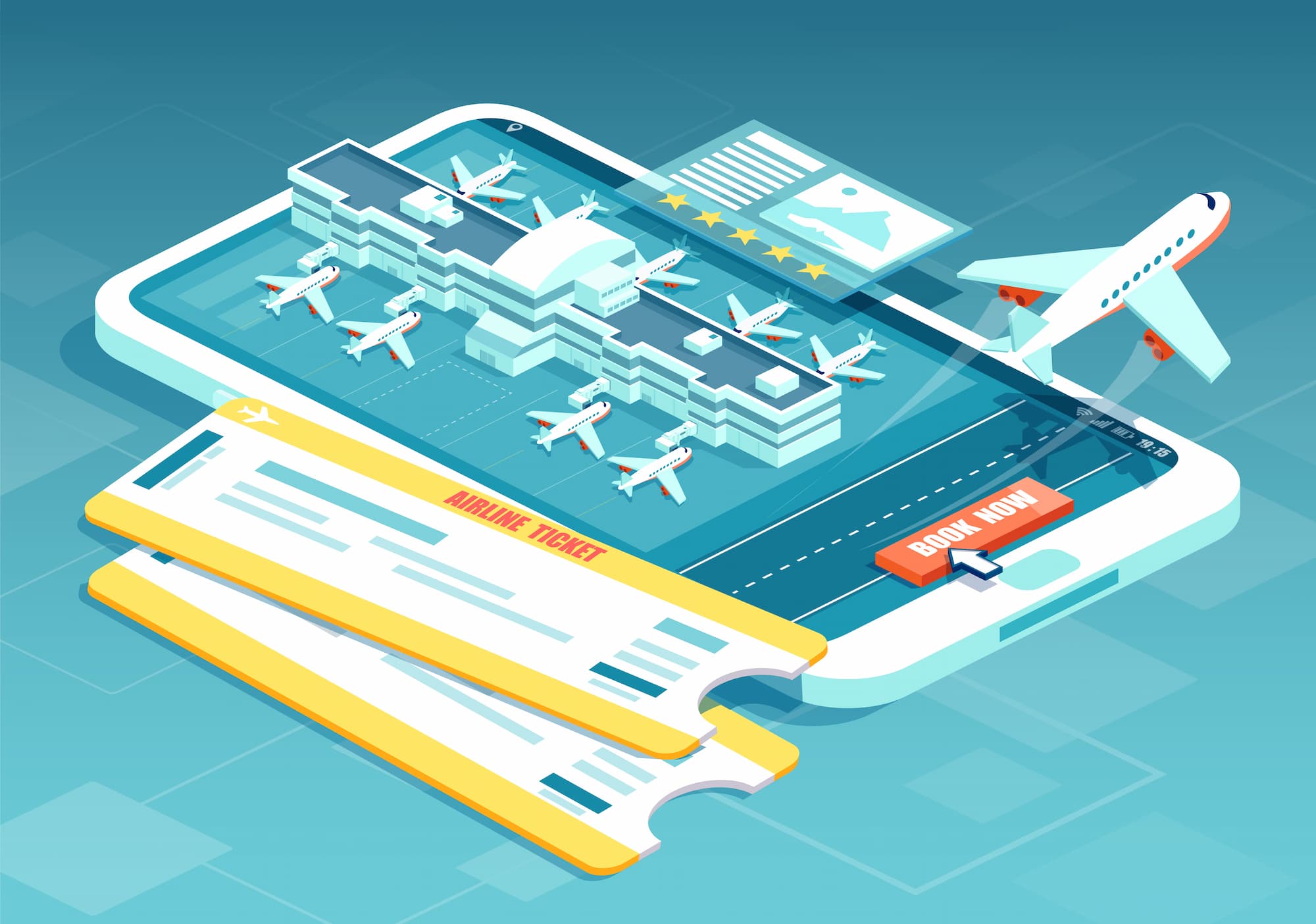
How to Effectively Leverage Digital During Travel Industry Disruption
If you had to make a list of some of the industries that have been heavily impacted by the ongoing COVID-19 pandemic, travel and leisure would undoubtedly be at the top.
In March of 2020, travel came to a grinding halt. People were stuck at home, many unable to go into the office, let alone plan those vacations they’d been waiting for.
In more recent months, the industry has started to gradually recover, but marketability still waxes and wanes based on the Delta-variant surge, economic stressors and other factors.
According to an October 4th update from Destination Analysts, 73.3% of surveyed travelers reported being in a “ready-to-travel” state of mind. The number of Americans who report having actual travel plans in October and November, on the other hand, has dropped 4 percentage points for each month.
The ongoing fluctuation in traveler sentiment begs the question: what can airlines and other travel enterprises do to combat disruption?
Embracing Digital
On September 21, the White House announced that the United States will reopen its borders to vaccinated travelers from 33 countries including China, India, Brazil and most of Europe starting in early November. This announcement is likely to cause an increase in international travel over the next six months.
This trend, more than anything, underscores the urgent need for digital transformation. Transformation is key to not only generating new revenue streams but also improving customer engagement and experience in spite of industry disruption.
Let's take a look at online booking tools, or OBTs, for example. Gone are the days when people would spend time with a travel agent putting together a vacation package. Instead, people look to online booking tools for greater convenience, more flexibility and cost savings across the board. The growth in OBT adoption over the last decade shows that, to compete, airlines and other travel enterprises need to embrace digital.
Digital tools that offer customers a true "one-stop shop" for all of their travel needs aren't just a way to differentiate an organization from its competitors; it's also a way to create a better experience for those customers. Further, the right digital business strategy has the potential to not only aid in an organization's post-pandemic recovery, but accelerate it.
The travel and hospitality industries have always been early adopters of technology — online booking for hotels, air travel and similar options have existed going all the way back to the 1990s. In an effort to ease the fears of the population and to get them comfortable with the idea of getting back out in the world again, IT investments can take these gains even further.
More than almost anything else, it's critical to understand that digital transformation depends on an organization's ability to access high-quality data in a connected ecosystem. As the pandemic showed us all, consumer behavior in the travel and leisure industry can change quickly and dramatically — and, even though the industry is adapting, it can absolutely happen again. That means preparation is essential.
A cornerstone of any digital transformation needs to rest in data: how it's being collected, where it's coming from and what insights it is being used to unlock. Those organizations that are the most successful moving forward will be the ones who understand this.
Take digital vaccine passports, for example. This data-driven tool can give people the peace of mind that only comes with knowing their safety is a top priority. Passenger locator forms can help significantly with efforts like contact tracing. Indeed, creating the most contactless experience possible can help instill a certain confidence in the process of traveling that has been lacking over the last 15 months.
Emphasizing Retention
While digital transformation of airports and airline operations is key to adapting to pandemic recovery, there’s another area of digital worth leveraging: retention marketing.
As traveler sentiment continues to shift seemingly every week, it’s crucial that airlines focus on nurturing their relationships with existing customers to keep them coming back — especially since loyal customers are often more valuable than new ones. In fact, studies show that customer acquisition costs five times more than retention.
That’s not to say new customer acquisition isn’t still necessary for growth — it is. However, retention strategies are an effective way to drive revenue while minimizing operating costs.
At DMI, we help our travel clients engage customers through ongoing content and product development to reduce customer churn. It’s not enough to drive additional purchases, though; we want to create brand loyalists.
As experts in both marketing and technology, we help brands drive results that show measurable impact by combining research, strategy, media and creative. We meet our customers where they are in their marketing maturity to help them scale to define short, mid and long-term strategies that improve customer retention and engagement.
Both retention marketing and data-driven digital transformation are necessary for airlines and the travel industry as a whole to adapt to current state and prepare for future disruptions. Contact us to learn how embracing digital can create value for your brand.
![[FREE DOWNLOAD] Top 3 Travel Industry Trends](https://no-cache.hubspot.com/cta/default/8444324/422862ee-1ff4-4ca3-b502-050da66b7ff8.png)